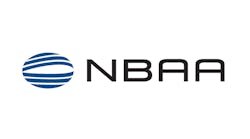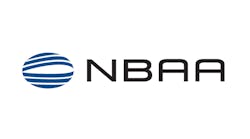FAA Southern and Southwest Regions Sign ACSF ASAP MOU
Washington, DC, June 4, 2015 — The Air Charter Safety Foundation (ACSF) is pleased to announce that both the FAA Southern and Southwest Regions have signed the memorandum of understanding (MOU) that allows charter operators, corporate flight departments and fractional program managers to participate in the Air Charter Safety Foundation’s Aviation Safety Action Program (ASAP). The ACSF-managed ASAP program is already approved in the FAA Eastern, Great Lakes, and Western-Pacific Regions. ACSF anticipates adding the Northwest Mountain Region in the near future.
“A confidential, non-punitive reporting program is an important cornerstone to developing a robust safety management system,” said ACSF President Bryan Burns. “Company employees are more likely to report events when they have confidence that their reports will be used to produce positive results, and not to place blame.”
ASAP is an FAA/industry partnership that provides a near consequence-free environment, whereby the participants can identify safety issues and report information that can be critical in identifying potential precursors to accidents.
Burns noted, “Companies that have implemented an Aviation Safety Action Program (ASAP) have learned a wealth of information regarding safety-related events that otherwise would have gone undetected until a major event occurred.”
By enrolling in ASAP, companies can benefit from viewing de-identified safety event reports from other participating companies. The value of the program is the collective volume of data that can be reviewed for specific safety patterns. By identifying trends early, the company can implement corrective action through changes in their policies, procedures, and rules.
For more information, visit www.acsf.aero.
“The vision of the ACSF is to enable on-demand charter providers and fractional program managers to achieve the highest levels of safety in the aviation industry. This goal will be achieved through:
- Promotion of risk management programs,
- The adoption of one common industry audit standard,
- Dissemination of safety information and,
- Creation of additional programs that advance the goals of the foundation.”


